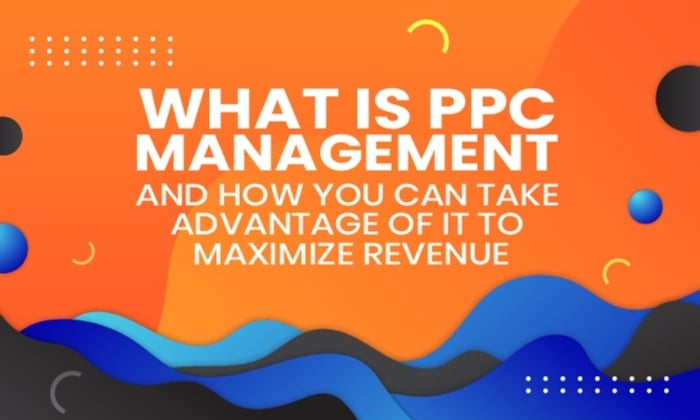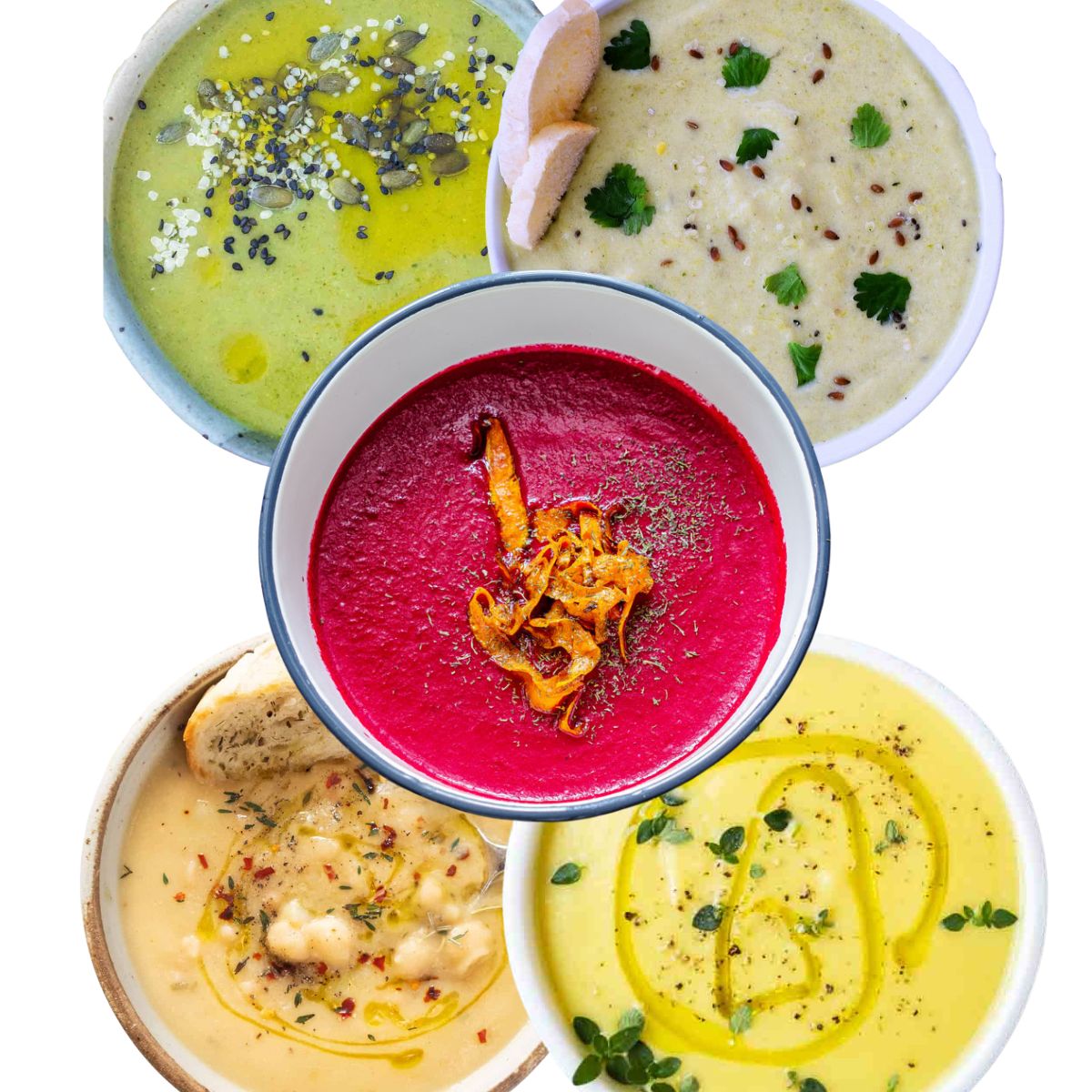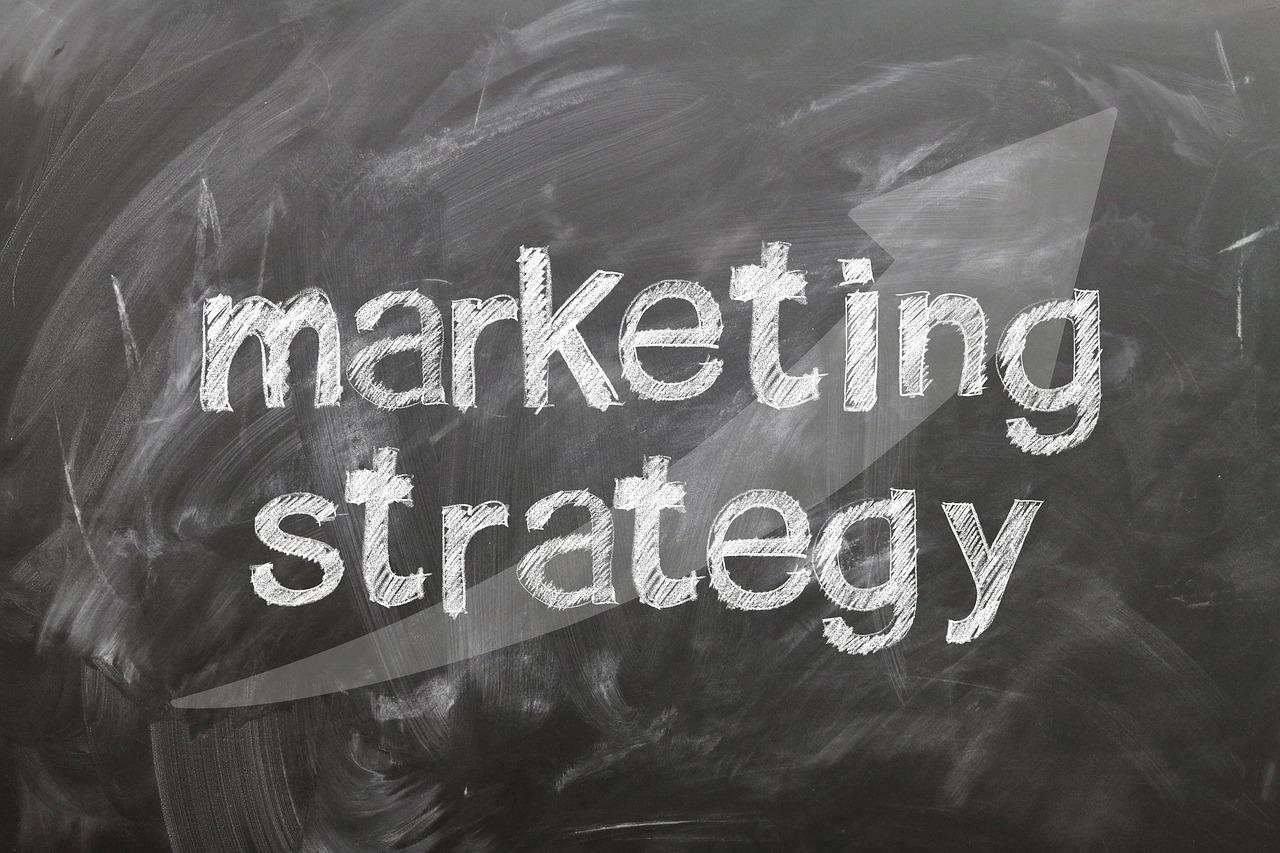How to Build a Full-Funnel Marketing Strategy (w/ Example)
Rather than giving you unnecessary details, this article aims to teach you how to build a simple and effective full-funnel marketing strategy so you can target potential buyers at all stages of your customer journey. I’ll also give...

Strategies involving full-funnel marketing and omnichannel marketing can be confusing. Many articles on the topic discuss complex KPIs and goal tracking. This guide keeps it simple. Rather than giving you unnecessary details, this article aims to teach you how to build a simple and effective full-funnel marketing strategy so you can target potential buyers at all stages of your customer journey. I’ll also give you real-world examples to help you understand and follow along. Full-funnel marketing means creating specialized content for each part of the marketing funnel: top of the funnel, middle of the funnel, and bottom of the funnel. Content for each part of the funnel has a different goal and a different audience, as shown in the graphic below: Let’s break these down further, with examples: Top-of-the-funnel marketing is aimed at customers who may not even be aware of your brand/product or a problem you can help them fix. The largest audience usually falls under TOFU because people in this stage don’t have specialized knowledge like those farther down the funnel—which is why it’s also the biggest part of the funnel. For example, we wrote a guide to answer the question, “What is SEO?” Someone searching for that question on Google probably doesn’t know what it is or that Ahrefs even exists—let alone understand why our software is important. This is TOFU content. Middle-of-the-funnel marketing is aimed at people who know they have a problem but don’t yet know what the solution is. The funnel is beginning to get smaller at this stage. Our guide to keyword research is a good example of MOFU marketing. Someone searching “keyword research” probably understands basic SEO but may or may not be aware that Ahrefs exists to help them with it. They are closer to becoming a customer than someone searching for beginner information but may not be ready to pull the trigger yet. Bottom-of-the-funnel marketing is aimed at people who know what their problem is and are considering your products or services to solve it. This is typically the smallest, most targeted portion of the funnel. A great example of BOFU content is our comparison of Ahrefs vs. SEMrush. Someone searching “ahrefs vs semrush” is likely ready to buy but isn’t sure which product to go with. Our comparison page helps guide them to making the final purchase decision. There’s also full-funnel content… It’s possible to take someone through the entire funnel in a single piece of content. For example, our “What Is SEO?” guide takes someone from not knowing what SEO is, to understanding why it can solve their problem, to knowing how Ahrefs can help. Be on the lookout for opportunities like this so you can maximize sales with less effort. It’s important to create content or media for all stages of the funnel. If you don’t, you will miss out on a lot of potential customers. Most companies focus solely on BOFU marketing, which will usually have the highest conversion rates. However, it is also typically the most expensive and competitive stage of the funnel. Including TOFU and MOFU marketing efforts broadens your pool of potential customers and plants seeds for future growth. In fact, a Nielsen meta-analysis of CPG campaigns found that full-funnel marketing strategies receive up to 45% higher ROI and 7% increases in offline sales compared to single-funnel campaigns. You can create an effective full-funnel marketing strategy in five steps: Before anything, you should spend some time understanding how your customers go from no awareness of your brand to making a purchase—i.e., the buyer’s journey. The buyer’s journey is broken down into three stages: Here’s an example buyer’s journey for a new Ahrefs customer: Our customer may begin by looking for ways to get more traffic—without any knowledge of SEO or Ahrefs. From there, he may decide to pursue SEO, realize he needs tools, and begin researching what is available. Finally, he may decide to purchase an Ahrefs subscription. To uncover a customer’s journey applicable to your business, put yourself in the customers’ shoes. Who are your customers? What problems do they have that you can solve? How do they find the solution to these problems? How can you create content to be a part of this journey? Of course, everyone’s journey is different and all you can really do here is try to understand how potential customers are likely to make decisions, then use content/media to guide them. Trying to create a full-funnel marketing strategy for multiple channels at the same time is a surefire way to kill your plan before it even gets going. Instead, it’s better to choose one channel at first and develop, execute, and track its performance until you create a system that works—then move on to another. You can choose from any of the social media platforms, paid advertising, and many other marketing channels. However, at Ahrefs, we focus on organic search by performing SEO. SEO is great for full-funnel marketing because you can target keywords across the funnel, rank them in Google search, and get consistent traffic month after month. For example, our piece on how to get more website traffic (TOFU content) gets an estimated 1K–2K monthly search visits, according to Ahrefs: Our list of free SEO tools (MOFU content) gets an estimated 36K visits: And even our Ahrefs vs. SEMrush vs. Moz comparison (BOFU content) gets an estimated 1.2K visits: It’s also possible that by creating content for every stage of the funnel, you can actually receive compounding results because Google’s search algorithm cares about topical authority. In other words, if you cover all the topics targeting keywords across the whole funnel—not just the BOFU keywords—your overall rankings may improve. Hopefully, it’s clear to see why we focus so much on this channel. If SEO sounds right for your business, check out our complete SEO content strategy guide. This is where other guides may get complicated. But don’t worry, I’ll keep it super simple. Key performance indicators (KPIs) are metrics that you can track to keep tabs on how well (or poorly) your marketing is performing so you can adapt your strategy accordingly. KPIs could be anything: website traffic, goal conversions and attributions, time on page, bounce rate, etc. But I recommend you start with a single KPI: traffic. Traffic to your content is one of the easiest and strongest indicators of how well your marketing efforts are performing. Typically, more traffic = more sales. Now, you don’t just want traffic for traffic’s sake. But if you’re targeting the right keywords and creating content around your marketing funnel, traffic to those pages is a good indicator that your efforts are working. What qualifies as success here varies depending on your niche. Some niches are low-volume and hyper-competitive, while others have a lot of high-volume keywords. The important thing is seeing your traffic numbers increase over time. You can track traffic using Google Analytics and Google Search Console. If you’re using GA4, head to Engagement > Overview and scroll down to see your views. Another solid KPI that goes hand in hand with traffic—if you’re using SEO as a strategy—is keyword rankings. The higher you rank for a given keyword, the more traffic you’ll get. Personally, I check Ahrefs at least once a week to see how my websites are performing. I’ve been in business for over 10 years, and the overall website traffic and keyword rankings are still my main KPIs (alongside overall profits) to determine whether my efforts are working or not. I’ll talk about my tracking process in step #5. For now, it’s time to roll our sleeves up. Now that you have your strategy in place and know what your KPIs are, it’s time to begin creating your content. What kind of content you create depends on your niche and marketing channel. I can’t possibly cover them all in this article. So instead, I’ll assume you’re going with my advice on using SEO as your main traffic channel. The first step in creating a full-funnel SEO strategy for your website is keyword research. This is the process of uncovering what keywords your potential customers are searching for on Google at each stage of the funnel. The simplest way to do this is by plugging a seed keyword into Ahrefs’ Keywords Explorer and filtering the results to fit your needs. For example, in the awareness/TOFU stage of Billy Blogger’s buyer journey, I would start with a seed keyword like “website traffic” and look at the keyword ideas. Right away, I see two potential articles from these ideas: I can then repeat this with different seed keywords for each funnel stage to get more ideas. For the MOFU stage, I can search “seo” as the seed keyword. This gives me keywords like “what is seo,” “how to do seo,” “seo best practices,” and more. For the BOFU stage, I can enter broad keywords that are specific to my product, such as “ahrefs,” “best seo tool,” etc. For more keyword research tactics, check out these other guides and tools: After you finish your keyword research, you can prioritize which keywords to create content for first based on a combination of search volume, keyword difficulty, and proximity to the bottom of the funnel. I like to create my BOFU content first, then MOFU, then TOFU—simply because content closer to the bottom usually converts better. Once you have your target keywords in mind, it’s time to create search-optimized content. There’s a lot to learn here, but I’ll break it down into five basic steps (you can read the linked articles for a more in-depth look): That’s all there is to it. There are more nuances to SEO, of course, but the basics are simple: Create high-quality content that matches the search intent of your target keyword, then build internal and external links to that content to prove its trustworthiness. Once you’ve published some articles and started promoting them, you need to track those KPIs over time to see how well they’re performing. Again, Google Analytics and Google Search Console can help you track your traffic. But if you also want to track keyword rankings like I mentioned, you can do so with Ahrefs’ Rank Tracker. Simply plug in your website and the keywords you want to track, and you’ll be shown a dashboard with your current rankings and which pages are ranking for which keywords. This is a great way to see how well your pages are performing for your chosen keywords, but I also like to look at my websites in Ahrefs’ Site Explorer by diving into the Organic keywords and Top pages reports. The Organic keywords report will show you all the keywords you’re ranking for, as well as give you the option to compare current rankings to previous rankings. If you notice you’re losing rankings over time, that’s a sign you may need to refresh your content to keep it relevant and keep your funnel working. The Top pages report, on the other hand, will show you which pages are your top performers in terms of traffic and number of ranking keywords. This is great to see which parts of the funnel are performing the best, allowing you to create more of what’s working. For example, our blog post on affiliate marketing is our top-performing article on the entire site: This tells us it’s probably a good idea to create more content around affiliate marketing which, for us, is a MOFU topic. We’ve published dozens of articles about affiliate marketing since learning how well this one is performing, and they’re now bringing in thousands of new visitors every month. Lastly, the Top pages report is the perfect way to decide which pages to invest in conversion optimization to improve the number of leads and sales you’re getting from your highest-traffic pages. Full-funnel marketing, when done right, can maximize your sales and minimize your costs. And luckily for you, it doesn’t have to be that complicated. In short: Try to understand your customers, create content for each step in their buyer’s journey, then track how that content is performing and tweak your strategy based on the data. Questions or comments? Ping me on Twitter.
Top of the funnel (TOFU)
Middle of the funnel (MOFU)
Bottom of the funnel (BOFU)
Step 1. Map your customer’s journey

Step 2. Choose your marketing channel



Step 3. Choose your KPIs

Step 4. Create content

Step 5. Track performance and make tweaks



Final thoughts

 MikeTyes
MikeTyes 































